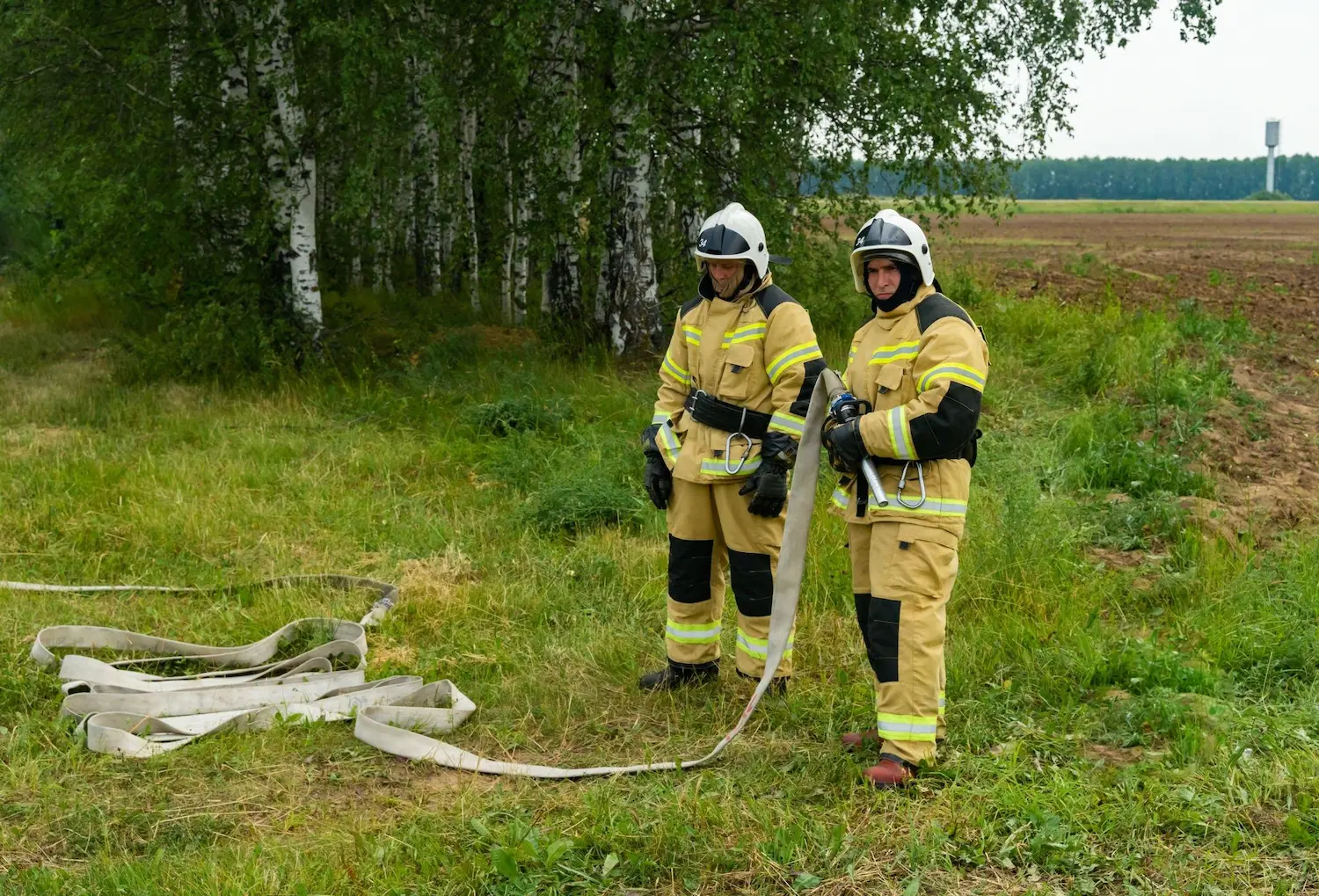Program Description
The purpose of the Fire Fighting Trainer Course credential is to recognize, through certification, qualified individuals who are dedicated to curtailing fire loss, both physical and financial, and who have acquired a level of professionalism through applied work experiences and related education opportunities, and through successful completion of a certification examination.
The goal of the Trainer program is to promote the discipline of fire protection and prevention. A specific degree is not mandatory for obtaining your Trainer designation. The credential is a balance of education and experience and provides an opportunity for the fire protection specialist to achieve professional recognition. The National Fire Protection Association maintains certification and recertification criteria as related to fire protection specialists.
General Fire Fighting
- Chemistry of Fire
- Method of Fire Extinctions
- Building Class and Hazardous Environment
- Aqueous / Non-Aqueous Fire Methods
- NFPA 101, Life Safety Code Essentials
- NFPA 70E, Standard for Electrical Safety in the Workplace (2018)
- NFPA 10: Standard for Portable Fire Extinguishers
Safety in the Built Environment
- Identify challenges to safety in the built environment
- Apply fundamentals of safe building design
- Be familiar with the local and regional codes and standards for the built environment
Basics of Fire and Fire Science
- Identify the chemistry and physics of fire
Human Behavior in Fire
- Human Errors
Information and Analysis for Fire Protection
- Conduct fire loss investigation
- Collect and use fire incident data and statistics
- Conduct fire analysis
- Apply data and analysis
Identify principles of human behavior and fire
- Identify concepts of egress design
- Use calculation methods for egress prediction
- Conduct fire analysis
- Apply data and analysis
- Identify Dynamics of Fire

